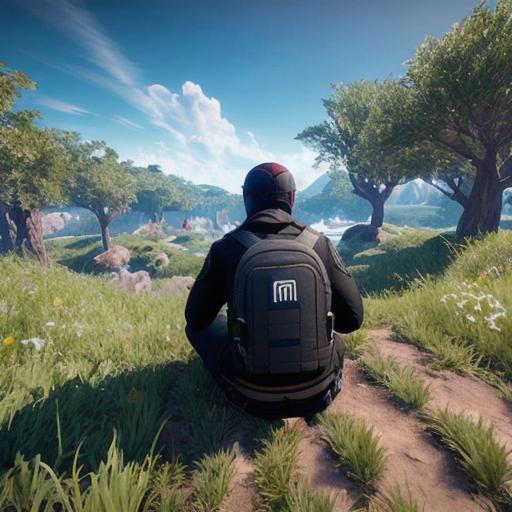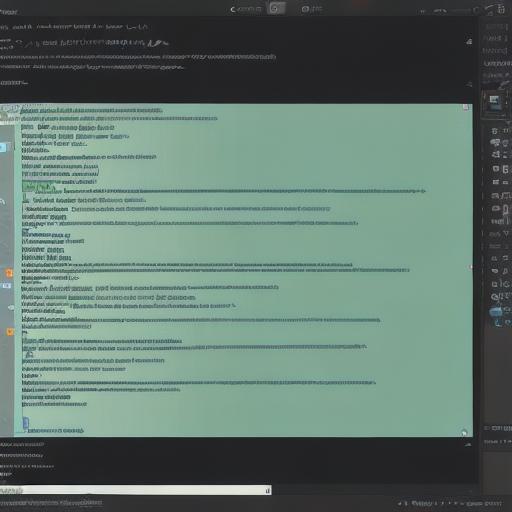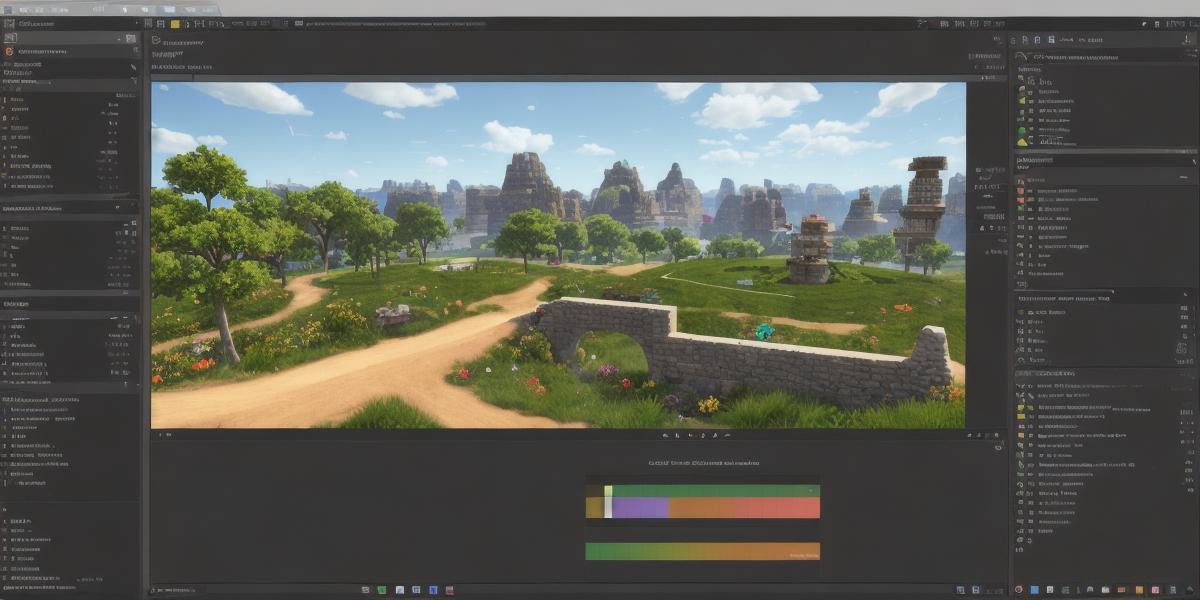When developing Unity projects for web deployment, managing file sizes is crucial to ensure smooth loading times and optimal user experience. In this comprehensive guide, we’ll discuss essential techniques and best practices to minimize Unity project files without compromising quality.
1. Reduce Unused Assets**
Start by eliminating unused assets from your project. These include textures, animations, models, and sound effects that are not being utilized in the final build. You can easily do this using Unity’s Asset Import Settings and Profiling tools. For instance, if you have a high-resolution texture that is only used for a small object, consider downscaling it to save file size.


2. Compress Textures**
Texture compression plays a significant role in reducing Unity project file sizes. Utilize the appropriate texture compression format based on your assets’ requirements. For instance, use "Alpha is Transparency" (ASTC) for textures with transparency or "SRGB Texture Compression" (SRGB) for opaque textures. Additionally, consider using mipmaps to optimally compress various levels of detail.
3. Occlude Culling and LODs**
Enable Occlusion Culling and Level of Detail (LOD) settings in your Unity project. These features help improve performance by only rendering objects that are visible to the camera, thus reducing the overall number of drawn objects and file size.
4. Use Preprocessor Directives**
Preprocessor directives allow you to conditionally compile code based on specific platforms, enabling you to build different versions for various configurations or target audiences. For web applications, you may choose to disable non-essential features that are not required for optimal performance.
5. Script Optimization**
Minimize the size of your scripts by removing unnecessary functions, reducing global variables, and using C constructs like lists instead of arrays when appropriate. Additionally, consider using Unity’s Job System or Coroutines to optimize large data structures and improve performance.
6. Bake Animation and Lighting**
Precompute animations, lighting, and baked textures during the build process instead of storing them as runtime assets. This can significantly reduce the overall file size of your Unity project, resulting in faster load times for web users.
In conclusion, optimizing Unity projects for web deployment involves a combination of eliminating unused assets, compressing textures, enabling culling and LODs, using preprocessor directives, script optimization, and baking animations and lighting. By following these techniques and best practices, you can create high-quality web experiences with minimal file sizes, ensuring optimal performance and user experience for your audience.
